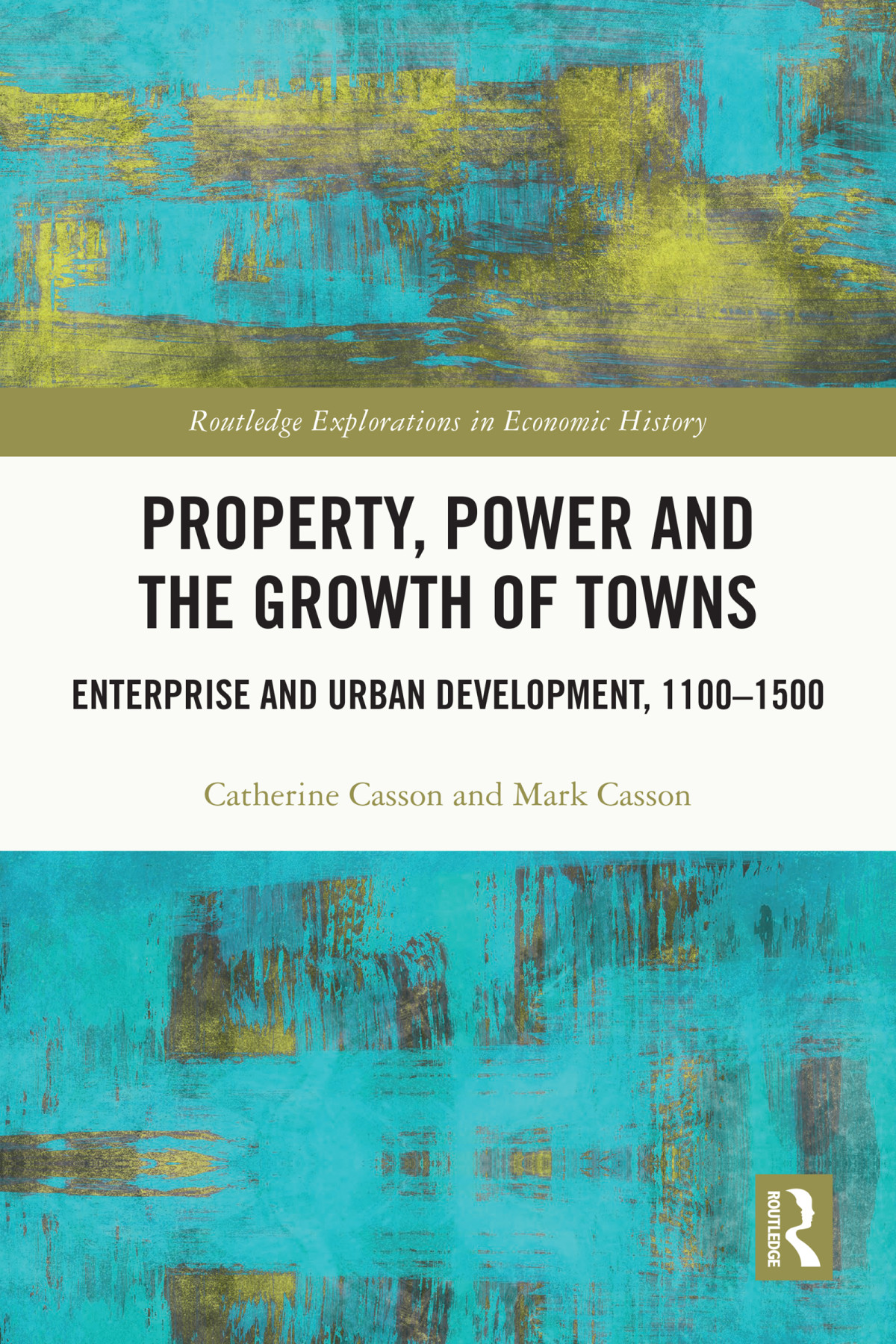Product desciption
Property Power And The Growth Of Towns Catherine Casson Mark Casson by Catherine Casson, Mark Casson 9781000876772, 1000876772 instant download after payment.
Local enterprise, institutional quality and strategic location were of central importance in the growth of medieval towns. This book, comprising a study of 112 English towns, supported by studies of selected Welsh and Irish towns, emphasizes these key factors. Downstream locations on major rivers attracted international trade, and thereby stimulated the local processing of imports and exports, while the early establishment of richly-endowed religious institutions funneled agricultural rental income into a town, where it was spent on luxury goods produced by local craftsmen and artisans, and on expensive long-running building schemes. Local entrepreneurs who recognized the economic potential of a town developed residential suburbs which attracted wealthy residents. Meanwhile town authorities invested in the building and maintenance of bridges, gates, walls and ditches, often with financial support from wealthy residents. Royal lordship was also an advantage to a town, as it gave the town authorities direct access to the king, and by-passed local power-brokers such as bishops and earls. The legacy of medieval investment remains visible today in the streets of important towns. Drawing on rentals, deeds and surveys, this book also examines in detail the topography of seven key medieval towns: Bristol, Gloucester, Coventry, Cambridge, Birmingham, Shrewsbury and Hull. In each case, surviving records identify the location and value of urban properties, and their owners and tenants. Using statistical techniques, previously applied only to the early modern and modern periods, the book analyses the impact of location and type of property on property values. It shows that features of the modern property market, including spatial auto correlation, were present in the middle ages. Property hot-spots of high rents are also identified; the most valuable properties were those situated between the market and other focal points such transport hubs and religious centers, convenient fo


